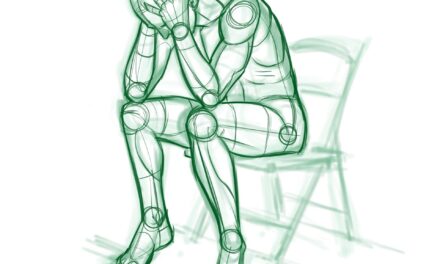A recent study has uncovered a surprising link between finger length and alcohol consumption, suggesting that prenatal hormone exposure may influence drinking behavior. The research, conducted by Swansea University in collaboration with the Medical University of Łódź, examines how the relative lengths of the ring and index fingers can serve as indicators of alcohol use.
The findings, published in the American Journal of Human Biology, reveal that individuals with longer ring fingers compared to their index fingers—a trait associated with higher prenatal testosterone exposure—are more likely to consume alcohol at higher rates.
The Role of Hormones in Alcohol Consumption
The study focused on 258 university students, including 169 women, to explore the relationship between digit ratios (the 2D:4D ratio) and drinking habits. The researchers identified notable differences in consumption patterns between men and women, with men generally exhibiting both higher alcohol intake and higher rates of alcohol-related mortality.
Professor John Manning, a member of Swansea’s Applied Sports, Technology, Exercise, and Medicine (A-STEM) research team, explained the significance of these findings:
“Alcohol consumption is a major social and economic problem. Therefore, it is important to understand why alcohol use shows considerable differences across individuals.”
The study posits that the digit ratio reflects prenatal exposure to sex hormones. A lower 2D:4D ratio—indicating a longer ring finger relative to the index finger—is thought to result from higher testosterone levels during fetal development. These hormonal patterns may predispose individuals to greater alcohol use later in life.
Implications for Public Health
The findings align with earlier observations that patients with alcohol dependence often display long ring fingers relative to their index fingers. This study strengthens the evidence linking prenatal testosterone exposure to alcohol consumption patterns, particularly among men.
The researchers hope their work will contribute to a deeper understanding of the biological and hormonal factors influencing drinking behaviors. Such insights could pave the way for tailored interventions to address alcohol abuse.
A Broader Context for Digit Ratio Research
This study builds on Professor Manning’s extensive work in the field of digit ratios. His previous research has explored connections between digit ratios and outcomes in areas such as COVID-19 recovery and athletic performance, highlighting the broader implications of prenatal hormone exposure.
The researchers believe that their findings on alcohol consumption can serve as a foundation for further exploration into how hormonal influences shape individual behaviors and risks.
For more details, refer to the study: Barbara Ślawski et al, Is Alcohol Consumption Pattern Dependent on Prenatal Sex‐Steroids? A Digit Ratio (2D:4D) Study Among University Students, published in the American Journal of Human Biology (2024). DOI: 10.1002/ajhb.24187.











